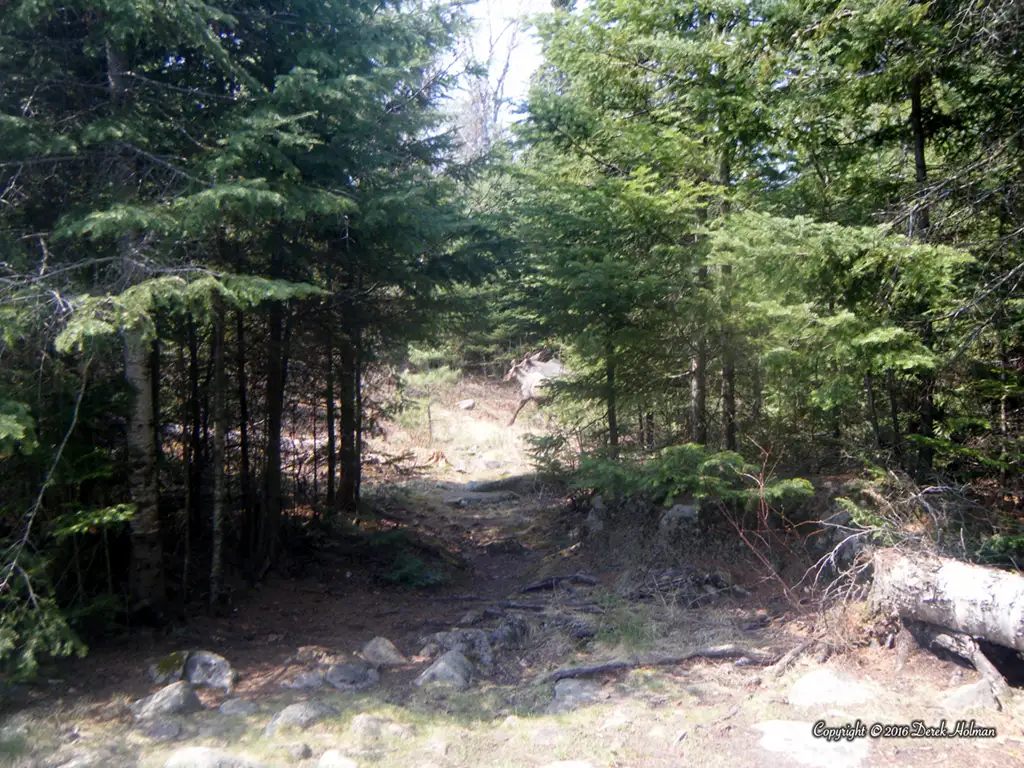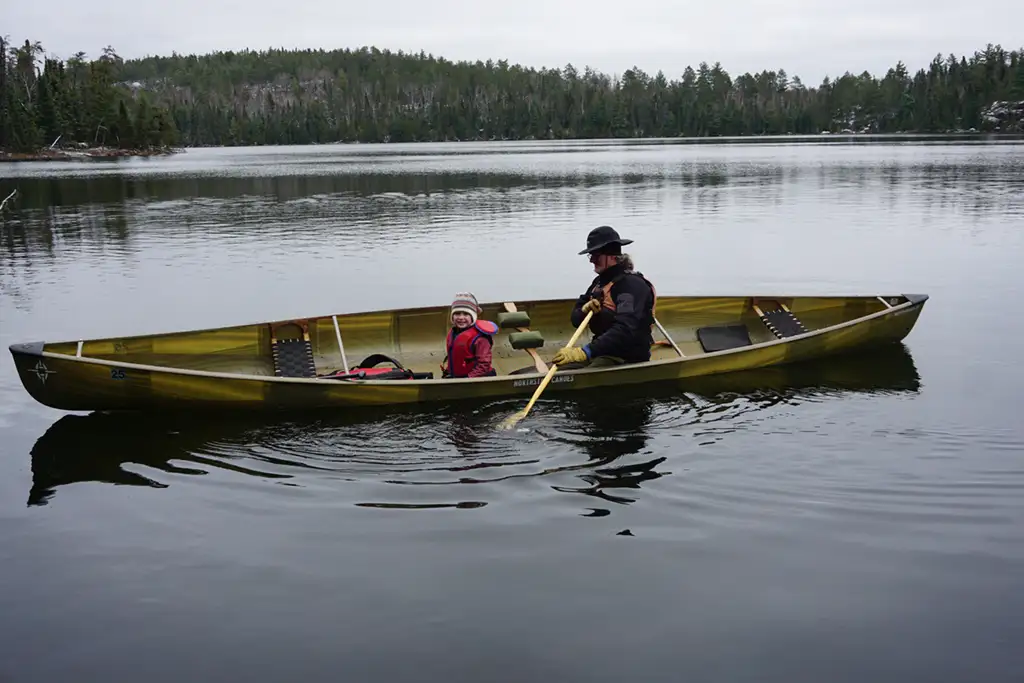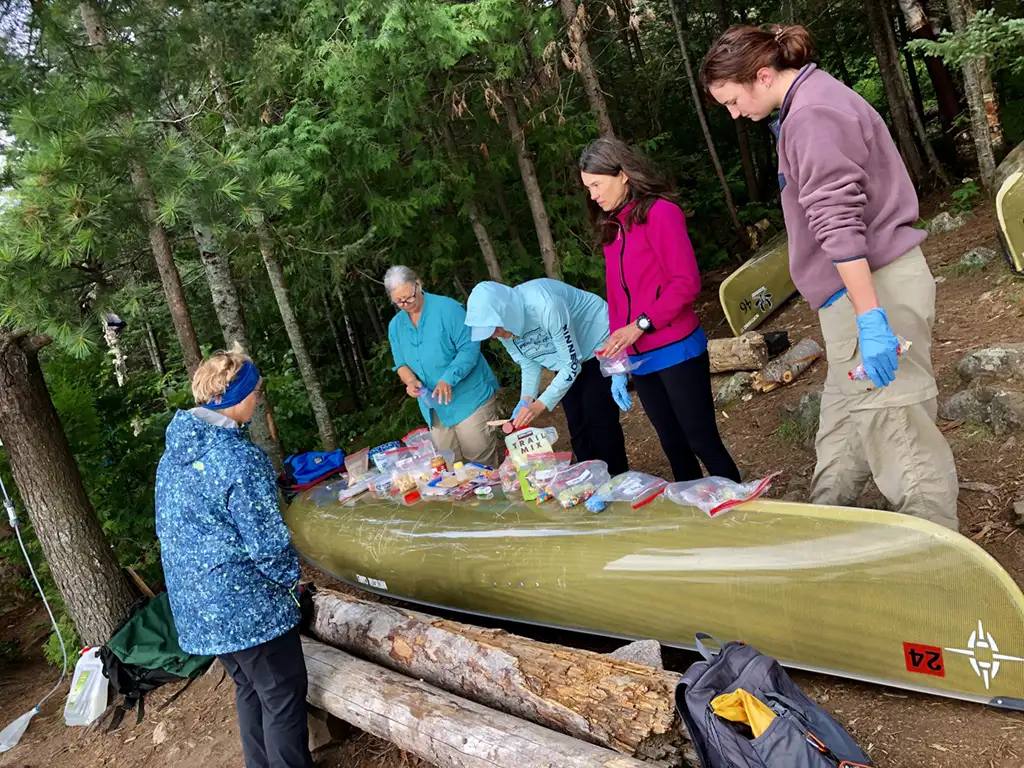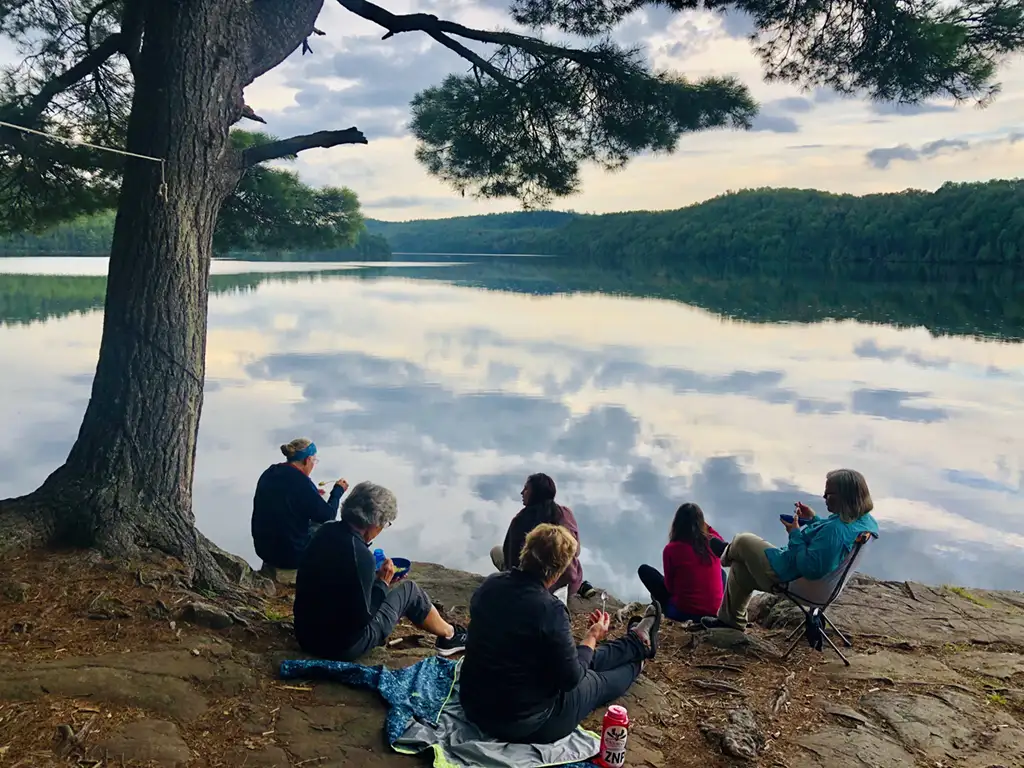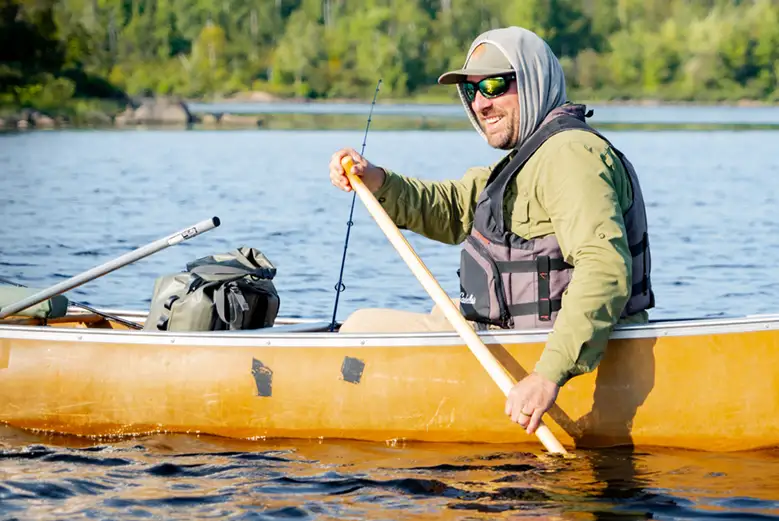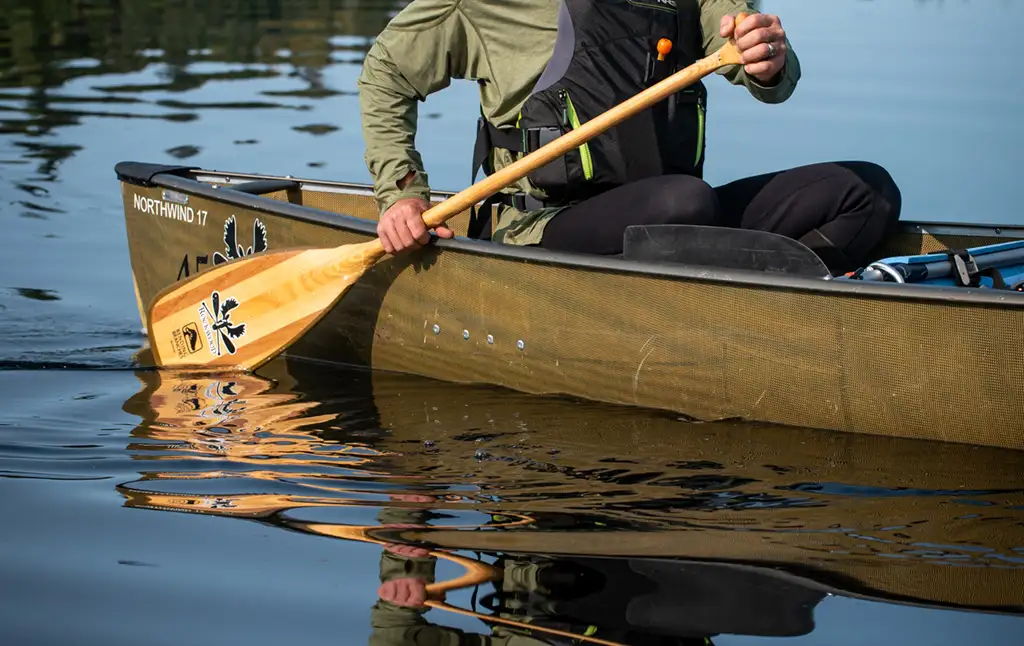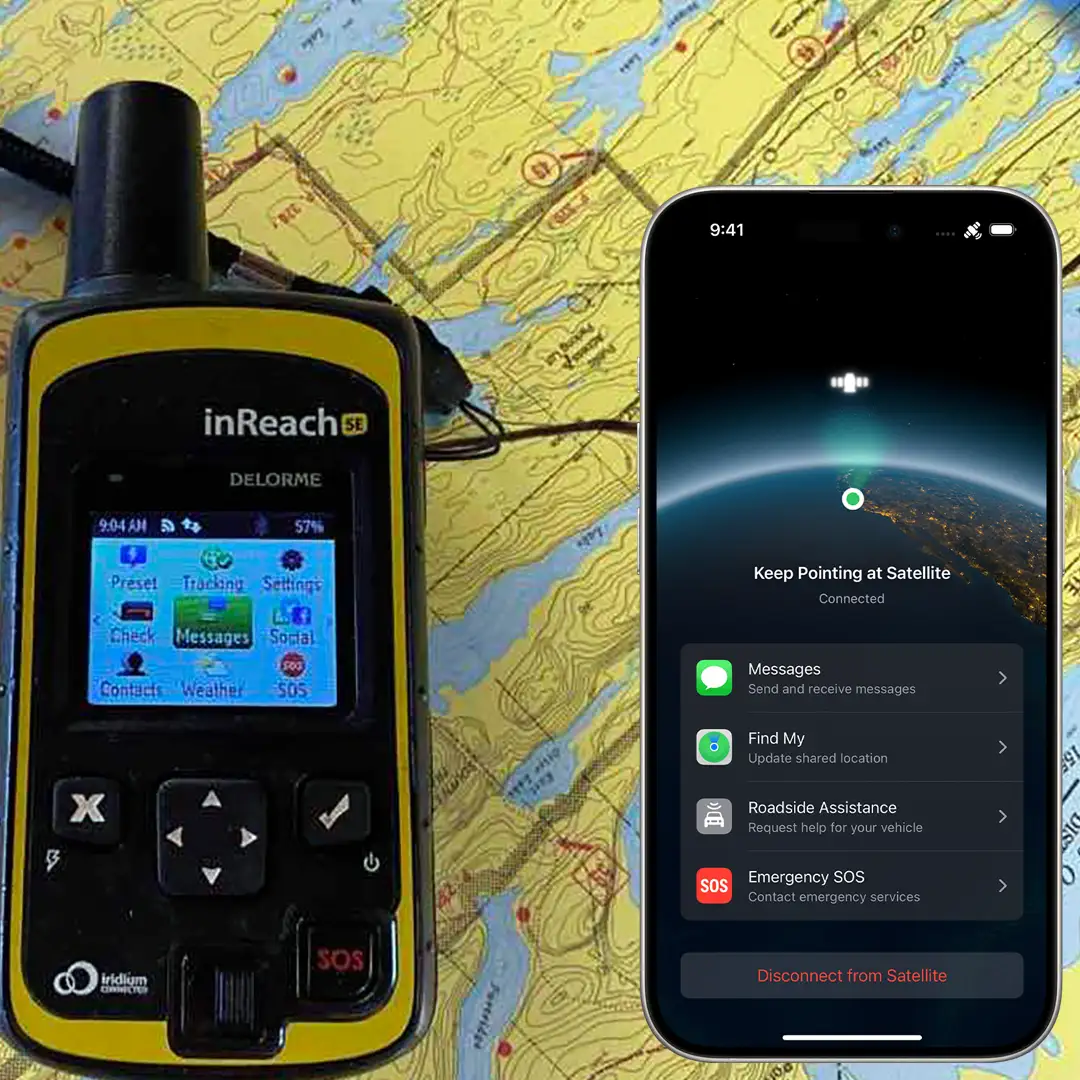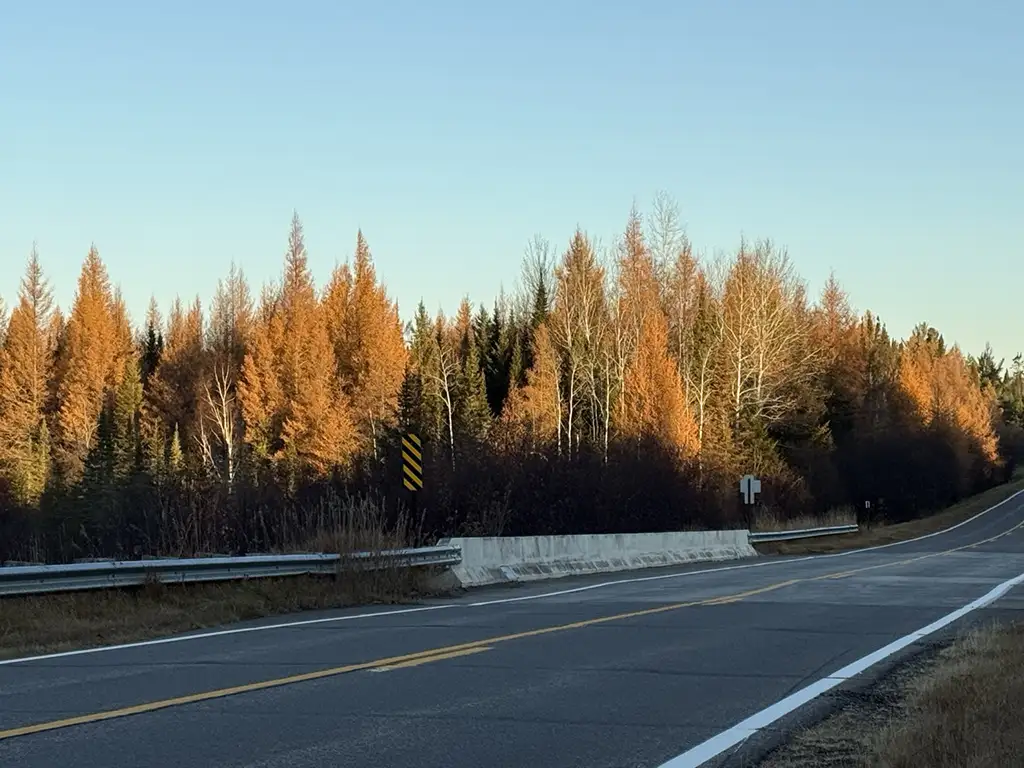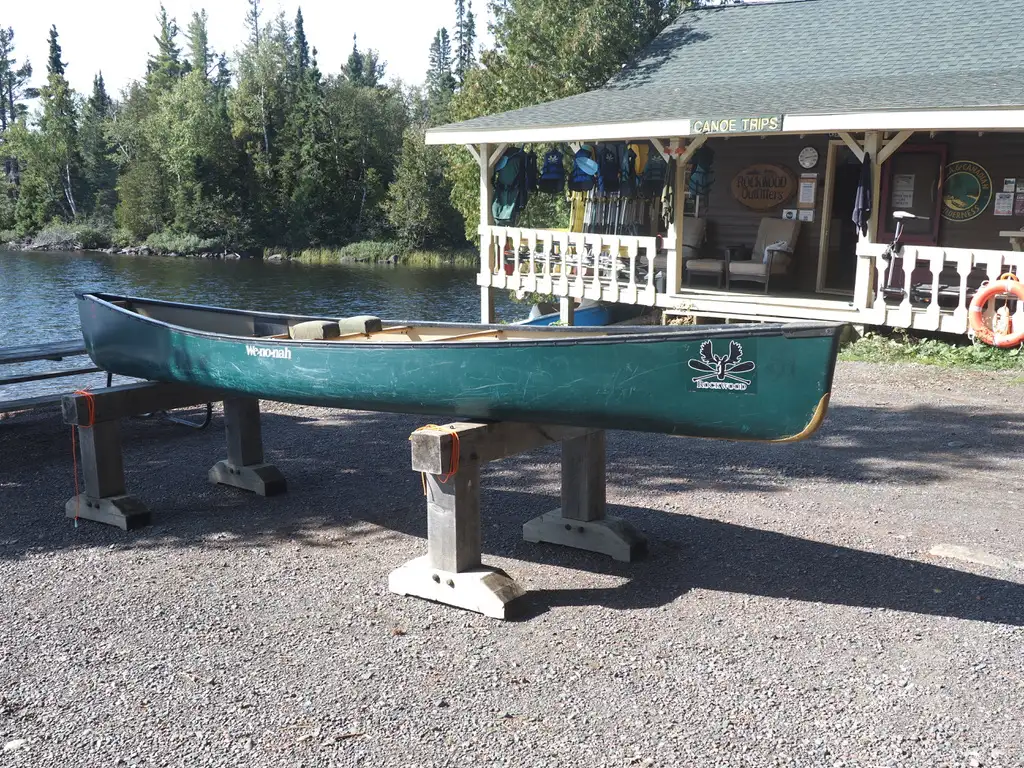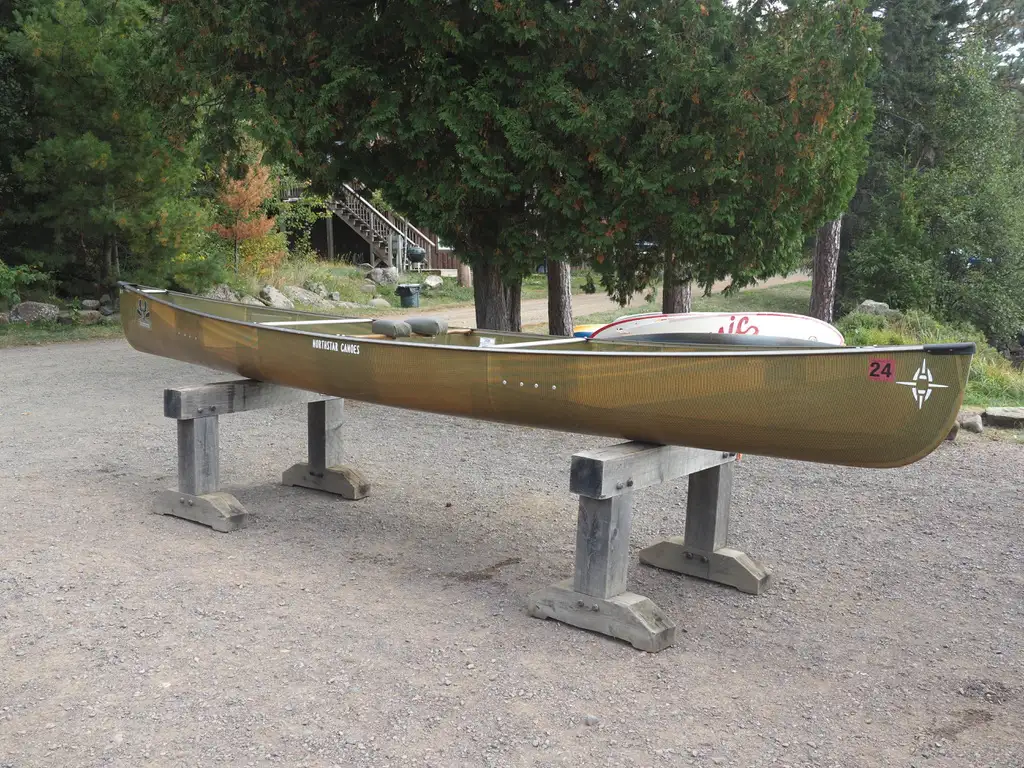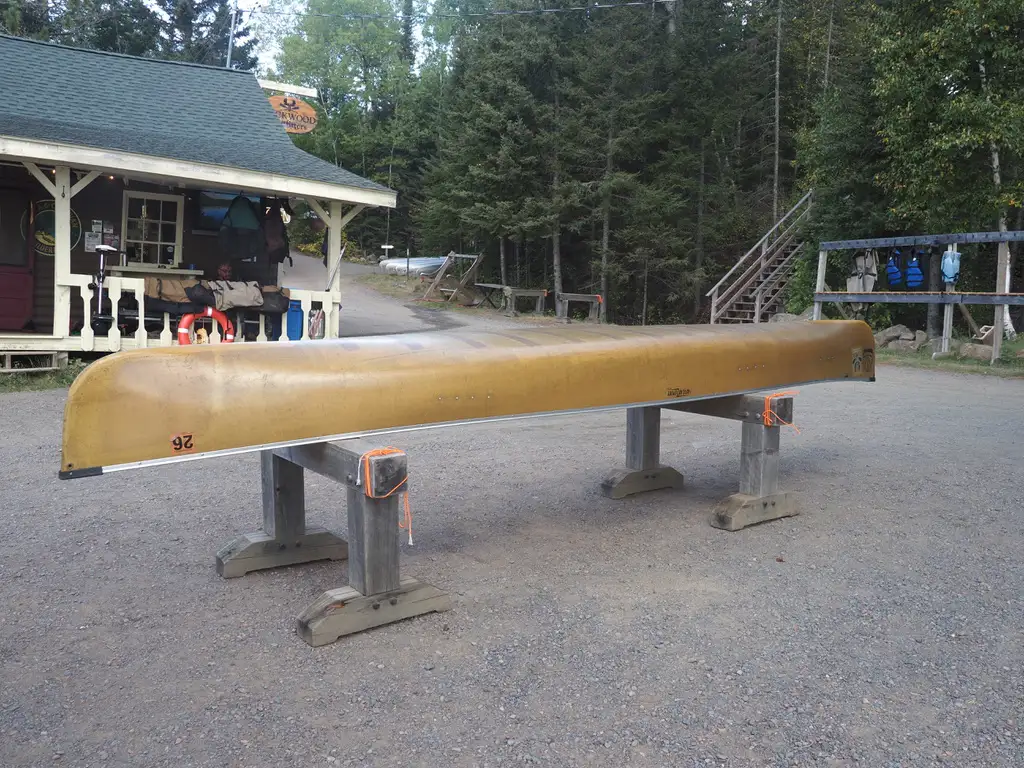Rockwood Lodge Offers Pressure Washing to Help Halt Aquatic Invasive Species
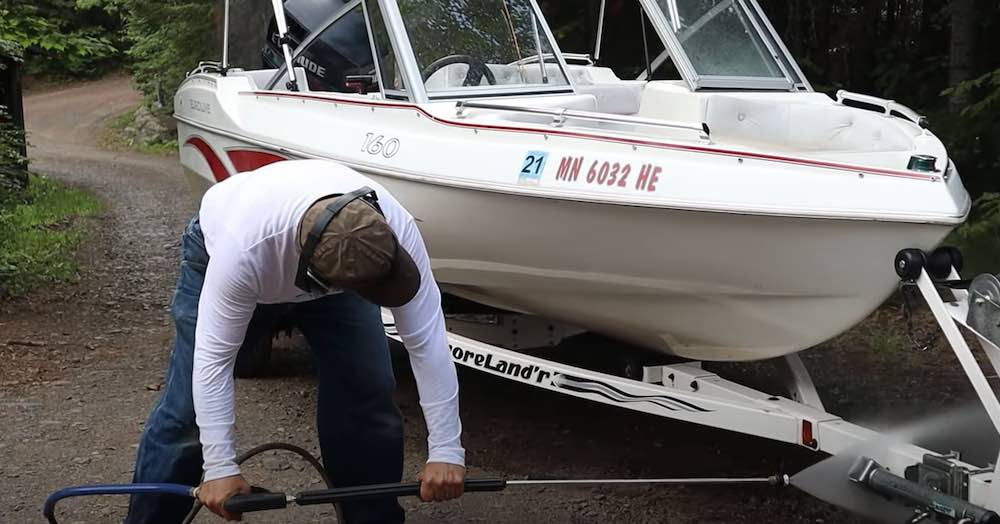
—
Fortunately, less than five percent of the lakes in Cook County are infested with Aquatic Invasive Species (AIS). Unfortunately, some of those lakes are in or near the BWCAW.
Rockwood Lodge has joined with the Cook County Soil and Water Conservation District (SWCD) to help stop the spread of AIS, adding a high-temperature pressure washer that is open to the public for cleaning invasive species from watercraft and trailers. It is the only location on the Gunflint Trail to do so.
The mission of the SWCD is to maintain soil and water quality in Cook County…Conserving and Protecting Soil and Water Resources.
AIS inspectors, employed by SWCD and trained by the Minnesota Department of Natural Resources (MNDNR) to spot invasive species, help educate watercraft owners about AIS and the “Clean, Drain, Dry” mantra for stopping the spread. The inspectors are at many boat landings in the county and have coupons for free boat cleaning at Rockwood, halfway up the Gunflint Trail, and the carwash in Grand Marais.
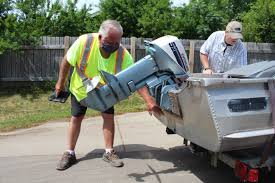
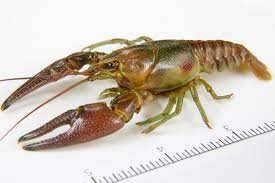
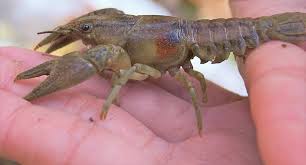
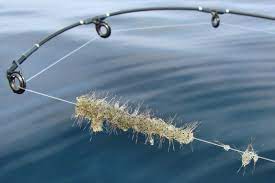
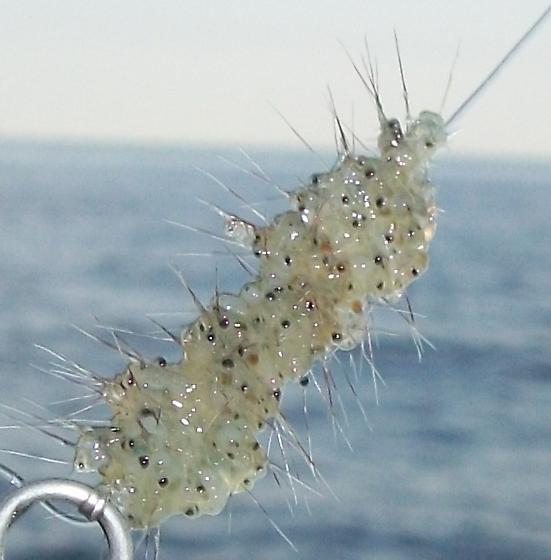
Minnesota has 18 invasive aquatic animals, ten known invasive aquatic plants, and ten known aquatic diseases. Many arrived through the Great Lakes and Mississippi River and have been transported to other bodies of water on boats and boat trailers.
AIS infestations in Cook County primarily include spiny water fleas and rusty crayfish. Neither species currently have effective eradication strategies. Neither species have known predators, and both negatively affect the fishery. Effective education of watercraft users helps prevent further spread while eradication methods are studied.
AIS are often unknowingly carried in or on recreational watercraft, fishing equipment, contaminated water, ballast (recreational and commercial), maintenance equipment, wind, and water. Trailered recreational watercraft and associated equipment are high-risk pathways in Minnesota for the introduction and spread of AIS, such as Eurasian watermilfoil, spiny water flea, and zebra mussel. Movement of boat lifts, docks, waders, hip boots, fishing equipment, and waterfowl hunting gear are also potential pathways of spread for invasive plants and invertebrates.
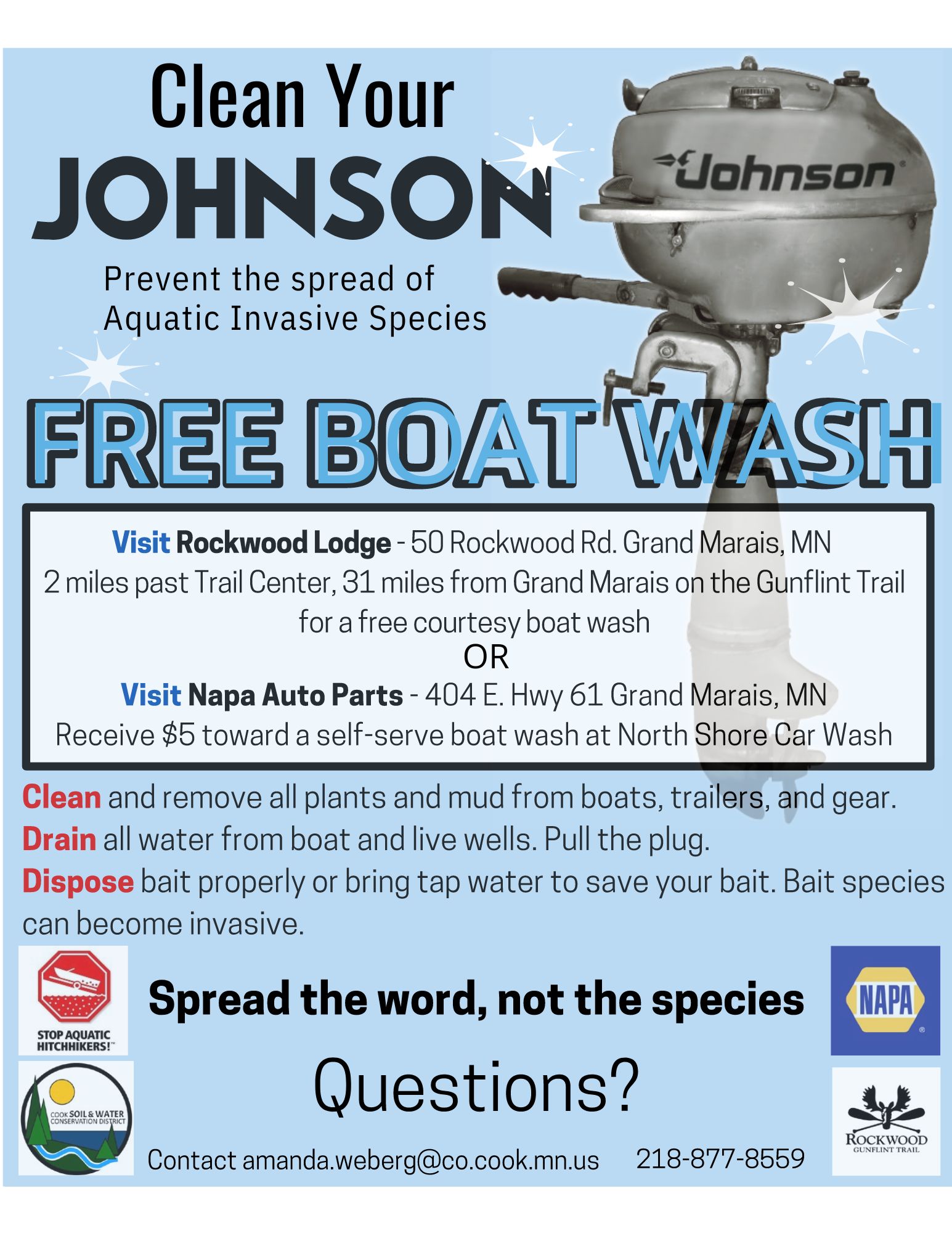
Invasive aquatic plants purchased by mail or over the internet for water gardens and other uses are pathways for AIS, either because the ordered plants are invasive or the shipment may be contaminated with AIS. The release of contaminated live bait by anglers and the release of aquatic pets, especially from aquaria, are pathways for introducing non-native plants, pathogens, and animals into the environment. Release of live study specimens by students and teachers is another pathway.
Connected waterways can be conduits for AIS to arrive without human assistance once they have been introduced at some point in the watershed.
Anglers and water recreation users are best reached for education through person-to-person contact. The MNDNR created Minnesota’s watercraft inspection program to prevent the spread of AIS through boater education and watercraft inspections at public accesses. Level 1 watercraft inspectors conduct inspections of watercraft and related equipment. Level 2 watercraft inspectors decontaminate equipment. Cook County remains focused on boater education and interaction at public accesses. Law enforcement watercraft inspections are a key component to maintaining effective AIS law compliance.
The SWCD formal AIS management document can tell you more.
AIS management document

